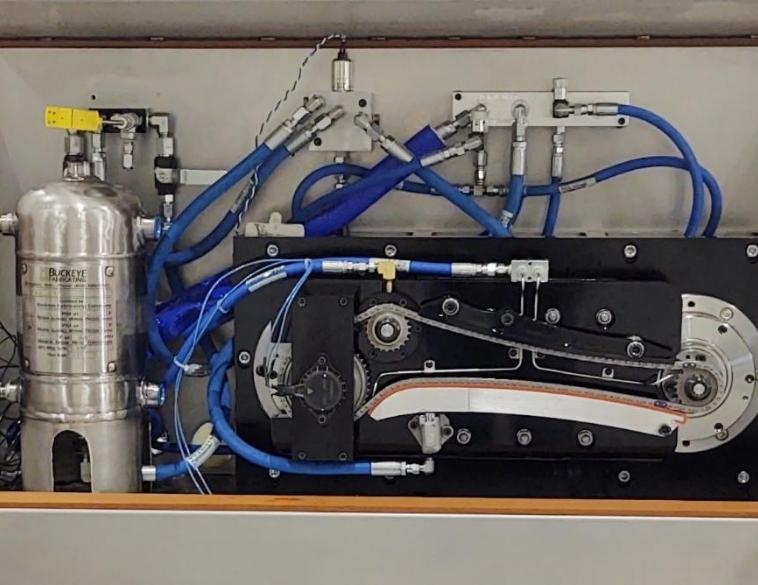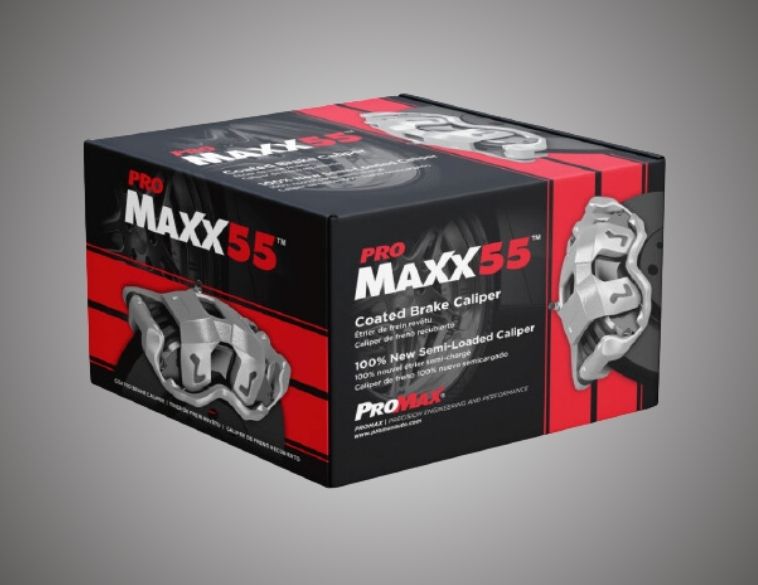SAKOR Technologies, a leader in high-performance dynamometer systems, announces that it recently provided a performance test stand for validating designs for new hydraulic variable timing cam phaser systems for a major international provider of powertrain components.
Powerful and flexible, the cam phaser test stand will be used for research and development of engine timing designs that improve engine fuel efficiency. Simulating an engine using an electric dynamometer is cleaner and safer than using an actual internal combustion engine and reduces the costs and time needed for cam phaser design testing.
The custom-built system is designed for use with cam phasers driven by oil pressure. The test system simulates different engine designs, simulating cam torque pulses using two high-speed low inertia AccuDyne™ AC Dynamometers and the industry-leading DynoLAB™ data acquisition and control system. One dynamometer drives the timing chain as if it were the engine, while the other simulates camshaft torque pulses.
Parts for testing are mounted in a thermal chamber that can be run at temperatures ranging from -40 to 150°C. This enables engineers to simulate temperatures encountered by those starting engines in all climates. The system controls oil pressure to advance or delay the timing of the camshaft relative to the engine.
The SAKOR system features a 60-kilowatt dynamometer that can operate at up to 8500 revolutions per minute (rpm) to simulate the engine. A 235 kW ultra-low inertia dynamometer is used to simulate the high-frequency torque pulses found on a camshaft. The test stand can be easily adjusted, so it can accommodate a wide range of cam phaser designs. The DynoLAB™ data acquisition and control system provides reliable fully automated test procedures for all customer testing protocols.
“SAKOR is dedicated to helping customers design the next generation of fuel-efficient engines in ways that do not require huge expensive facilities to conduct testing of components,” said Randal Beattie, president of SAKOR. “To the best of our knowledge, ours is the first system capable of simulating dynamic camshaft torque pulsing in real-time and in a clean lab environment.”






 MONTRÉAL
MONTRÉAL Full time
Full time


